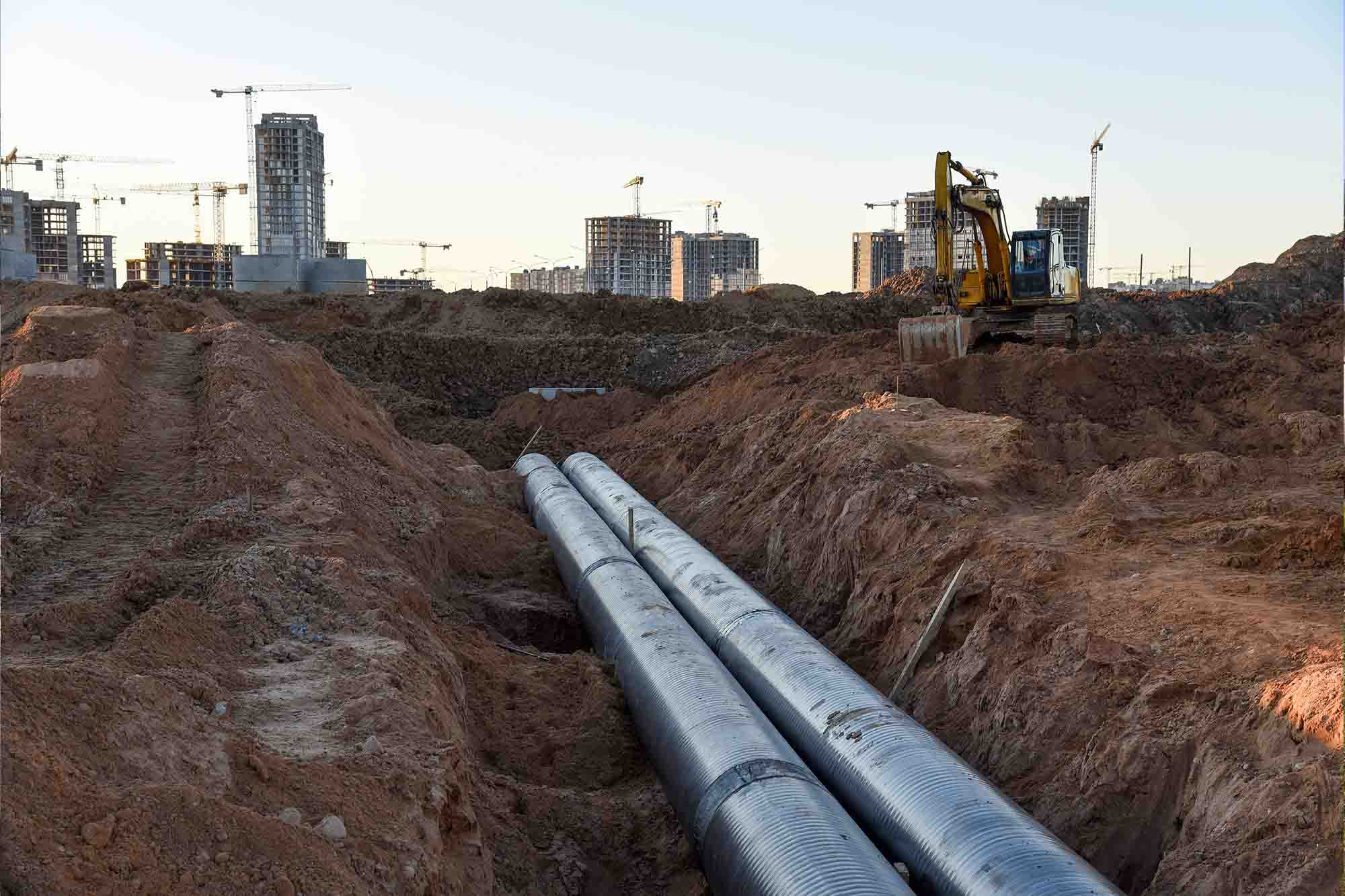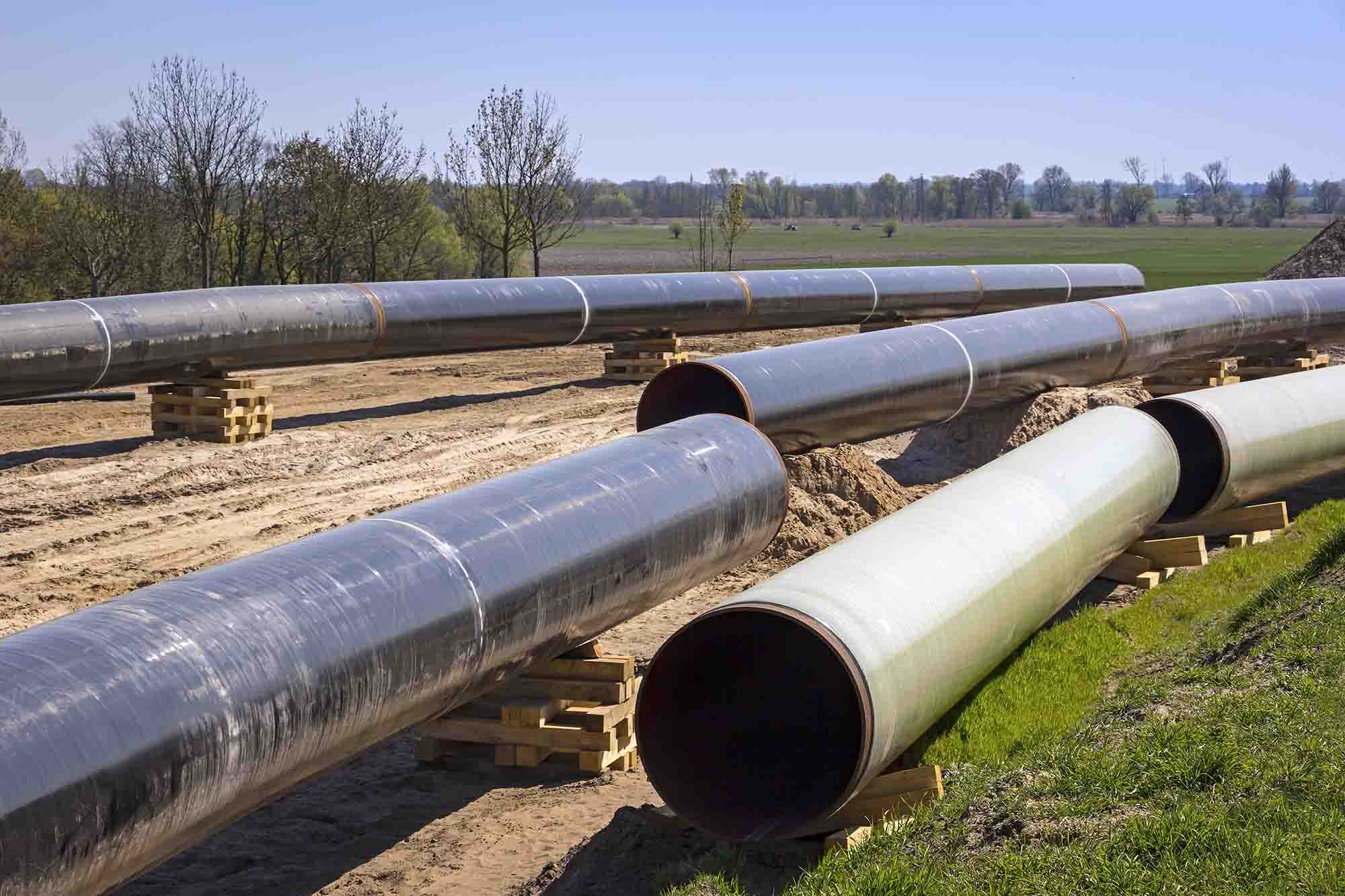Ductile Iron Pipe Installation Guide: Key Points and Operational Specifications for the Lifting Process
2025-06-03 17:44:24 hits:0
Hello, dear readers! As a professional supplier deeply experienced in the field of ductile iron pipes, we understand their critical role in water supply and drainage, gas transmission, industrial pipelines, and other applications. Their exceptional mechanical properties, corrosion resistance, and long service life make them the top choice for global infrastructure projects. However, installation quality directly determines the stability and lifespan of the piping system.
To help you efficiently and safely complete ductile iron pipe installation, we have specially curated the "Ductile Iron Pipe Installation Guide Series", covering every key step: lifting, stacking and storage, back-cutting and chamfering, lining repair, coating repair, installation, and pressure testing. Combining frontline construction experience with industry standards, this series provides actionable technical guidance.
This article, the series opener, focuses on the lifting process—a frequently overlooked yet crucial step. Whether it's a small-diameter DN80 pipe or a massive DN2200 "behemoth," correct lifting methods not only prevent pipe damage but also ensure personnel and equipment safety. Let’s start from the first step to lay a solid foundation for project quality.

I. Essential Preparations Before Lifting: Tools and Safety Inspections
1. List of Specialized Tools
High-strength lifting straps: Must pass load-bearing tests with rated loads exceeding pipe weight. Wide, abrasion-resistant materials are recommended to distribute pressure evenly. Straps should comply with ductile iron pipe lifting standards; prioritize UV-resistant and wear-resistant materials.
Protective lifting hooks: Must be equipped with rubber or nylon protective layers to avoid damaging pipe sockets (especially for large-diameter pipes DN350 and above). Hooks must fit the socket structure of ductile iron pipes to prevent coating damage.
Auxiliary equipment: Includes shackles, taglines, safety warning tapes, etc.
2. Three-Step Safety Inspection
Lifting gear condition: Check for strap wear, hook deformation, and shackle loosening. Replace aged equipment regularly to avoid ductile iron pipe lifting accidents.
Environmental assessment: Clear obstacles in the lifting area and mark restricted zones for movement paths.
Personnel training: Operators must be certified, with clear hand signals and emergency protocols established.
II. Scenario-Based Lifting Guidelines
1. Lifting of Bundled Pipes (DN80–DN300)
Strap lifting: Use specialized straps to lift the entire bundle from the bottom.
Tips:
Strap strength must ≥ pipe weight to ensure load-bearing safety.
Avoid strap slippage during lifting to prevent pipe drop.
Hook lifting:
Tips:
Hooks must be wrapped with soft materials (e.g., plastic, rubber) to protect pipe ends.
For two-point lifting, hooks should be positioned at the outermost edges of the bundle to avoid uneven stress on single pipes.
Do not directly hook lifting bands or individual pipes to prevent structural damage.
2. Lifting of Unbundled Pipes (DN350–DN2200)
Hook lifting (single pipe):
Hooks must use soft protective materials to avoid scratching pipe ends. For large-diameter ductile iron pipes, use dual hooks symmetrically.
Hook lifting (single pipe) supplement:
Lifting force must be centered on the pipe to prevent tilting.
Straps must be vertically fastened to ensure even force distribution.

III. The "Five Don'ts" Principle for Lifting Operations
No overloading: Avoid overloading during ductile iron pipe lifting. The lifting equipment's allowable capacity must ≥ pipe weight, with a 20% safety margin for rated loads.
No rough handling: Do not drop or drag pipes; use cushioning mats on the ground.
No unauthorized standing: Restrict personnel from staying below the lifting area or movement paths; set up safety barriers.
No weather neglect: Suspend operations if wind speed exceeds 6 Beaufort or in rain/snow.
No skipping trial lifts: Conduct a 10cm trial lift before formal operations to confirm normalcy.
IV. Common Issues and Solutions
| Issue | Cause | Solution |
|---|---|---|
| Pipe rotation during lifting | Asymmetric lifting points | Use dual hooks symmetrically; add tagline for direction control |
| Local socket deformation | Direct hook contact with pipe end | Add rubber protective sleeves; adjust hook position below the socket |
| Strap breakage | Insufficient load capacity or wear | Replace straps regularly; choose UV-resistant materials |
V. Conclusion
Lifting ductile iron pipes requires tailored methods based on pipe diameter (bundled/unbundled) and strict adherence to safety protocols. Whether using straps for bottom support, protective hooks, or maintaining steady operations and personnel control, every step impacts project quality and safety.
As your trusted ductile iron pipe supplier, we not only provide high-quality products but also strive to be your technical partner throughout the project lifecycle. The next article will delve into stacking and storage guidelines, including recommended methods, layer limits, deformation prevention, and coating protection. Stay tuned!
Next Articles:
Ductile Iron Pipe Installation Guide: Stacking and Storage
About Us:
Tiegu, as a global supplier of ductile iron pipes, provides high - quality products and solutions for municipal engineering, water conservancy, and industrial pipelines. With a full range of specifications, an expert technical team, and a comprehensive logistics network, we ensure every pipe meets international standards. From storage support to installation guidance, we prioritize client success.
Contact Us Now for Quotes and Expert Assistance:
Email: zbw@tiegu.net
View the list of ductile iron pipe products

 en
en  fra
fra  de
de  ru
ru  ara
ara  gle
gle  it
it  jp
jp  kor
kor  th
th  zh
zh 


